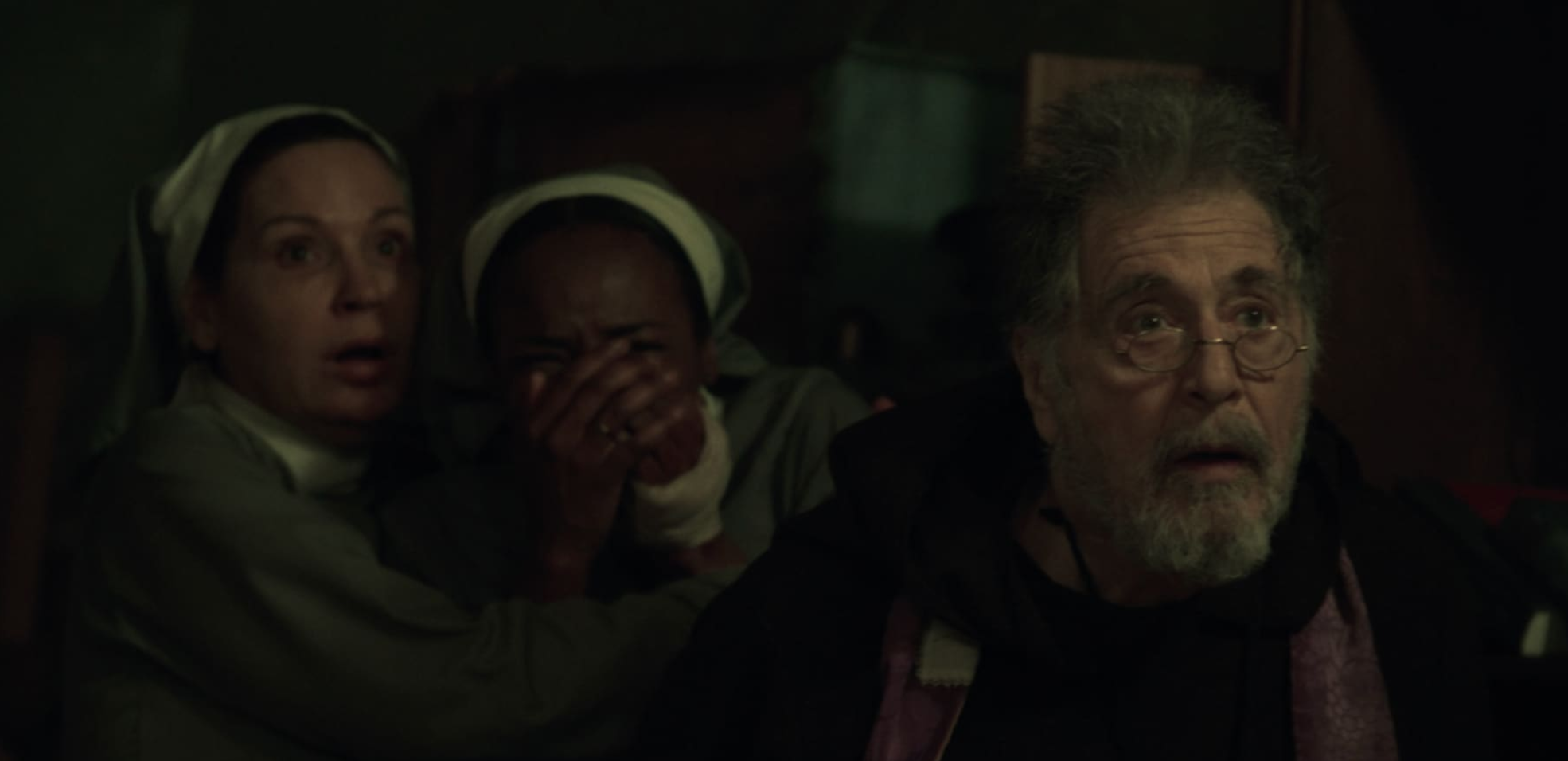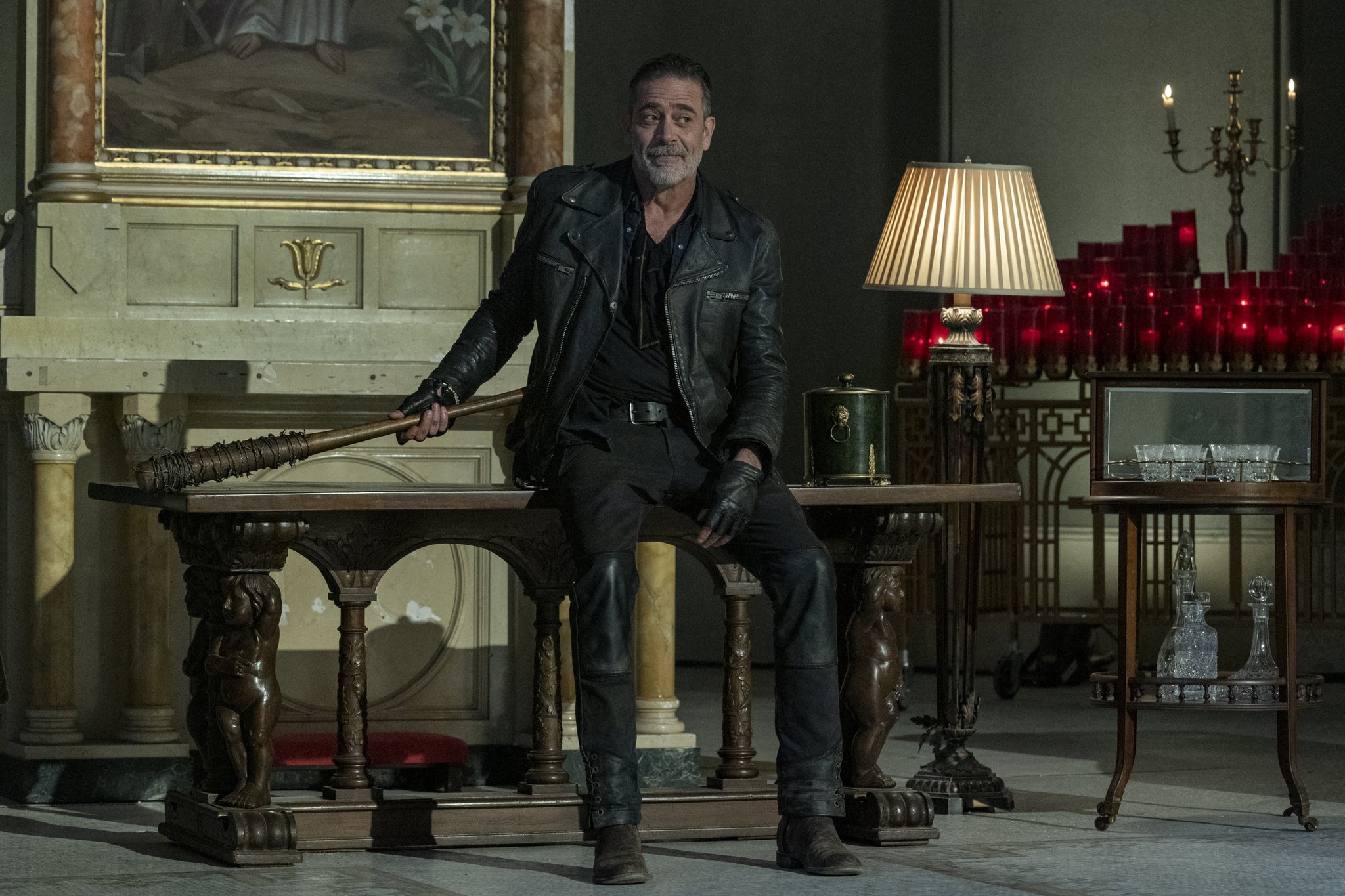COLLECTOR'S CRYPT - SHINOBI TRILOGY (RADIANCE BLU-RAY)
Here at the crypt, we don’t like to do too much of the same thing, and sometimes that means going back to the roots of cinema. We’ve covered martial arts films in the past and discussed their adjacency to the horror genre, specifically the cult and exploitation side of things. Without some of these foundational films we wouldn’t have John Wick or The Raid, and in the very rare case going backwards we uncover hidden gems in dire need of discovery. Radiance Films are experts in curating treasures that may not be top of mind for every cinephile, but their track record of releasing important films should speak for itself. Now added to that list is Shinobi Limited Edition. A collection of three ninja films that laid the foundation for the Canon films of the 80s. Are these ninja movies a deadly discovery or better left alone?
WHAT’S IT ABOUT?
It's the 16th century and Japan is in chaos. Samurai clans engage each other in battle over who gets to rule the nation, while warlords call upon the ninja to spy on and assassinate their rivals. Goemon, an ambitious young member of a ninja family, is thrown into the turmoil of Japanese history when his village is wiped out by the forces of leading warlord Oda Nobunaga, who has sworn to eradicate the ninja in his quest for absolute power. Fueled by vengeance, Goemon uses every weapon in his arsenal to bring down Oda and to prove that a ninja is an army of one.
Shinobi no Mono: Band of Assassins
HOW IS IT?
Shinobi no Mono: A Band of Assassins (1962)
It is not hyperbole to say that “Band of Assassins” may be the most action-packed movie of the 60s. You would almost forget that you’re watching a film that is over 80 years old as samurai clash on a battlefield of explosions, cutting to a group of ninjas who are throwing caltrops on the ground as we watch their foes step on them carelessly and at their peril. Heaps of melodrama that combines stellar performances with genuine intrigue which may feel familiar, but is executed flawlessly. Satsuo Yamamoto’s first of three films does an excellent job of establishing the world, people, and customs of the time while never straying too far from what you’re there to see, ninjas doing ninja sh*t.
The story of Goemon is as Shakespearian as you can get. He is tricked into seducing General Sandayu’s wife and framing him for murder so he can use him to help execute his master's enemies. Along the way, Goemon meets Maki and falls in love, but he is constantly threatened and blackmailed by Sandayu. Raizo Ichikawa, who plays Goemon, is perfect as he balances innocence and deadliness, depending on the situation. You feel his rage at being tricked and betrayed and see clever ways he uses something as simple as a string line to remove his target and slip out without being noticed. There is so much to love about “Band of Assassins” that we implore anyone even remotely interested in periodic action movies to see it right away.
Shinobi no Mono: Vengeance
Shinobi no Mono 2: Vengeance (1963)
Picking up pretty much exactly after the end of the first film, Goemon and Maki are now living with their newlyborn son while Nobunaga is still laying waste to the land and claim over the people. A tragic, and gnarly act of revenge against Goemon and Maki leaves them both devastated with Goemon vowing to kill Nobunaga, no matter what. The theme of blind vengeance permeates throughout, and not so much as glorification as it is a sober reminder that revenge is certainly a dish served cold…blooded. Goemon’s character undergoes so much trauma in this film that he becomes narrow-minded and ultimately pays the price for his arrogance and vengeance.
Yamamoto lays on themes thicker in this second entry, which was intended to be the final one by him. He meddles with the idea that while revenge may satisfy the bloodthirst, it often begets more violence and heartache. These are not new ideas by modern standards, but given the level of pulpy violence and action, there is more depth here than one would expect. Yet again, the performances are all perfect, and the final 15 minutes have some of the most fun ninja action so far. Even though this one feels heavier both in tone and in topics, it doesn’t shy away from the bombastic battle scenes from the first one and the occasional “WTF” moment to keep your attention throughout.
Shinobi no Mono: Resurrection
Shinobi no Mono 3: Resurrection (1963)
The third film in the set is the first not directed by Yamamoto, and his absence is quite apparent even though Kazuo Mori does an admirable job. Once again, this film picks up shortly after the second with Goemon having narrowly escaped being boiled alive in hot oil. After his escape, Hideyoshi ascends to the title of Taiko while Goemon still vows vengeance for the betrayal and murder of his wife. The emphasis in “Resurrection” is on the evolving politics more than the ninja stories, which makes sense, but also mires too much of the film in needless exposition that ultimately distracts from the lessened amount of action.
The action is solid when onscreen, with the last scene again being a standout with the ninjas finally taking their revenge. Still, it is missing that exploitative sheen that the other two films had and lacks the tight pacing even though it is the shortest of the three. It's not a bad film by any stretch, but it is hard to follow up on the previous two which felt so complimentary while this one feels tacked on. What shouldn’t be missed is that despite not being necessary it does deliver on some of the key touchstones of the first two films, and it is a nice inclusion to round out this set!
Shinobi no Mono: Band of Assassins
HOW DOES IT LOOK?
Radiance Films are no strangers to restorations, and visually speaking this has to be one of the best ones of the year so far. To be fair, this is the first time these films have appeared on Blu-Ray outside of Japan so that is already a step up. That said, each film in the Shinobi series was transferred in high definition by the Kadokawa Corporation and supplied to Radiance Films as high-definition digital masters. These transfers on the whole look outstanding. The monochromatic tone has a sharpness that shows adept restoration work while maintaining the essence of the grain of the source. The third film has a slight edge in terms of overall quality, but it is hard to complain about how striking these look given their age! Images from these discs are used throughout this review and are seen below.
HOW DOES IT SOUND?
Sound wise, the overall quality is nice, but uneven depending on the film. All come with an uncompressed mono PCM track and“Resurrection” sounds outstanding. For “Band of Assassins” and “Vengeance” there are some occasions where the audio levels dip low or get blown out. It’s not often it happens, and it doesn’t detract from what is a great viewing and listening experience.
Shinobi no Mono: Vengeance
ANYTHING SPECIAL?
A set put together with such care assumedly has the special features to match, and boy does Radiance deliver! The first feature we took in was a dense 14-minute Interview with Shozo Ichiyama, artistic director of the Tokyo International Film Festival, about director Satsuo Yamamoto. Ichiyama delivers rapid-fire information about Yamamoto with such elegance that you are delighted with how much there is to hear. Such as how Yamamoto was a leftist who organized labor strikes at Toho before making films at Daiei, or that he sourced the original story for “Shinobi” from a communist magazine that he passed off as a “regional newspaper”. Interestingly, it also delves into why he didn’t want to do the third film, and how Goemon isn’t the protagonist in the source novels. It’s a lot to take in, but worth watching at least once.
The second feature was the 18-minute, Visual essay on the ninja in Japanese cinema by film scholar Mance Thompson. This was another densely-packed featurette that had some overlapping information about the communist roots of the Shinobi films, but also casts a far broader net to go back to the origin of ninjas in culture and how that changed over time in Japan. Most notable was that ninja stories were based on Chinese stories and adapted in the 19th Century by swapping out the hero for a ninja. This would’ve been a great feature-length documentary about ninjas in pop culture throughout history. A full list of special features included in this release is listed below:
SPECIAL FEATURES:
High-definition digital transfer of each film presented on two discs, made available on Blu-ray (1080p) for the first time outside of Japan
Uncompressed mono PCM audio
Interview with Shozo Ichiyama, artistic director of the Tokyo International Film Festival, about director Satsuo Yamamoto
Visual essay on the ninja in Japanese cinema by film scholar Mance Thompson Interview with film critic Toshiaki Sato on star Raizo Ichikawa
Trailers
New and improved optional English subtitles
Six postcards of promotional material from the films
Reversible sleeves featuring artwork based on original promotional materials
Limited edition booklet featuring new writing by Jonathan Clements on the Shinobi no mono series and Diane Wei Lewis on writer Tomoyoshi Murayama
Limited Edition of 3000 copies, presented in a rigid box with full-height Scanavo cases and removable OBI strip leaving packaging free of certificates and markings
Shinobi no Mono: Resurrection
LAST RITES
“Shinobi” is one of the most exciting pieces of filmmaking from the 60s and this collection from Radiance does it the justice it rightly deserves. From great restoration work to compelling extras, this is a must-own set for any martial arts film enthusiasts.
THE GORY DETAILS
Thank you to the fine fiends over at MVD ENTERTAINMENT for providing a review copy for the crypt! Shinobi Limited Edition is available NOW and can be purchased via MVD DIRECT!
Stay up to date with “The Dark Side Of Pop Culture” by following Macabre Daily on Instagram, Facebook, and Twitter.























